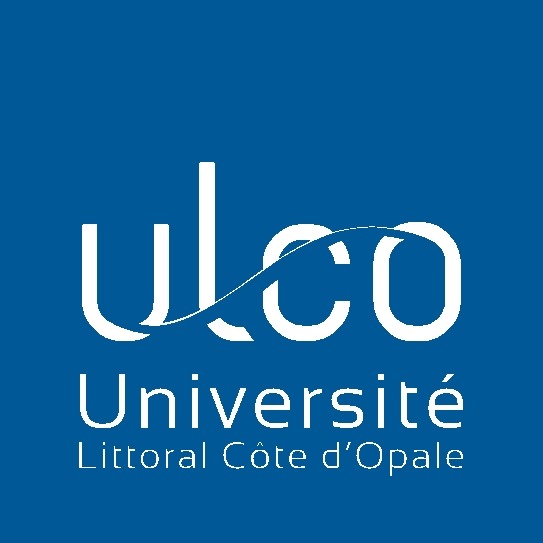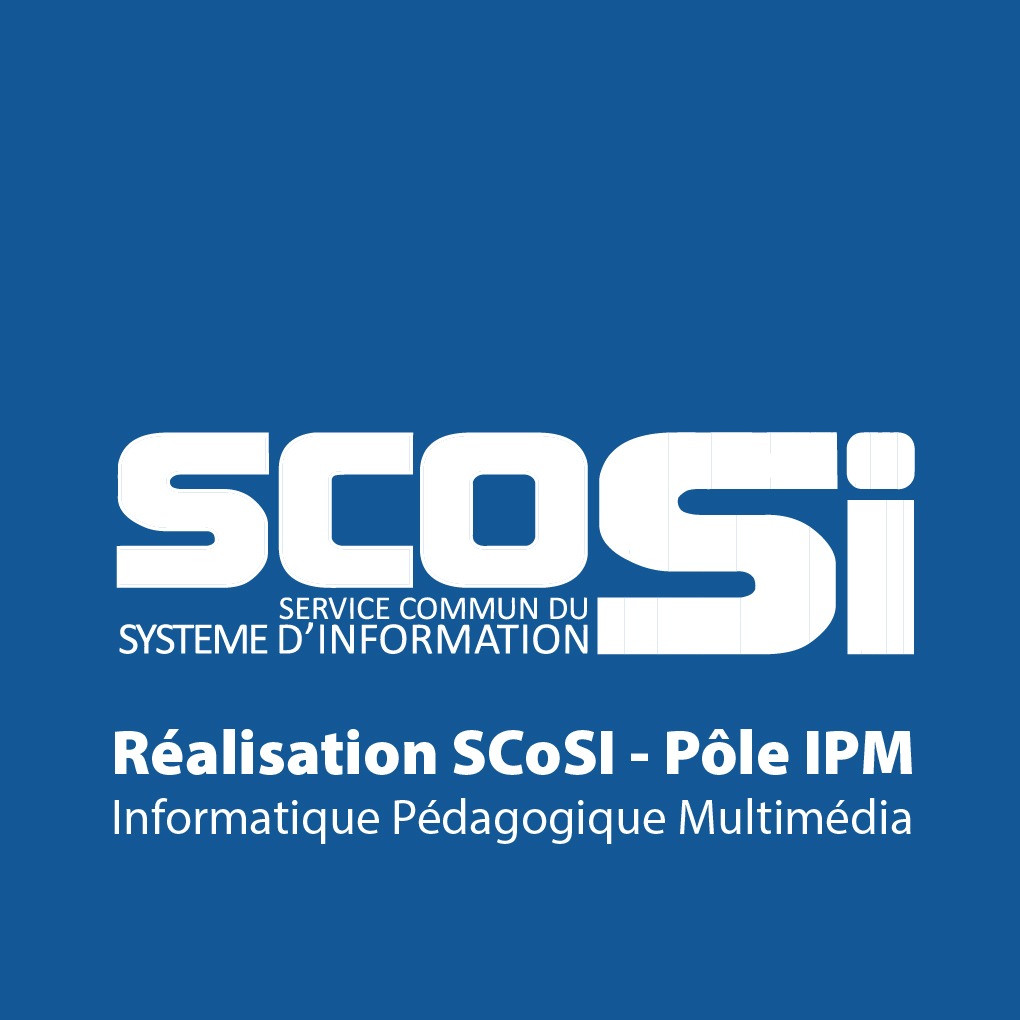Basic research forges innovation
It is obvious that nowadays the research and innovation system is central to the economic, cultural and geopolitical strength of nations. The current coronavirus pandemic has served as an indicator of the differences in the effectiveness of research institutions and companies between the countries that could develop a vaccine. For example, the French system failed in the race to patent the most innovative method, using messenger RNA – even though its discovery was made by three Frenchmen who were awarded the Nobel Prize in 1961, the Pasteur Institute is world-renowned for its expertise in vaccines, and a firm such as Sanofi is one of the world’s “big pharma” companies, also very active in this field.
It is clear that research and innovation activities as a whole form a very complex system whose behaviour is not easy to anticipate. Policies in this area are therefore difficult to design and implement. Unfortunately, it is not uncommon for “linear thinking” to be applied, leading to blunders that can be dramatic in the long term. For example, thinking of “science valorization” as a job of applying basic science that has already been done is a mistake. The relationships between basic research (leading to discoveries), applied research (leading to inventions) and industrial and commercial development (leading to innovations) are extremely intertwined. Hence the strategic error at state level of systematically favouring the applied at the expense of the fundamental, with the implicit argument that the nation prefers economic development to the glory of science. To give just one example, again in relation to Covid, the research equipment and dedicated teams set up for basic biology research (in cryomicroscopy) were immediately put to use to decipher the molecular structures on the surface of the virus. There were four such facilities in France, compared with twenty to thirty in neighbouring countries such as Germany and the United Kingdom.
There is, however, one simple rule that is always statistically valid, and that is that scientific discoveries are linked to the research effort over time. It is very difficult to anticipate the discoveries that will be made, let alone their practical repercussions, but it is like playing the lottery: only those who have played can win. From this point of view, the scientific neglect orchestrated by several successive governments in France since the turn of the millennium has greatly affected national competitiveness.
French policy has achieved some results in private research thanks to the massive use of the Research Tax Credit (RTC), but large areas of public research have been neglected. Yet a good national research and innovation system needs a powerful and free basic research as much as a bold private sector in terms of innovation. In our view, budgetary trade-offs against basic science are based on a simplistic view of the relationship between science, technology and commercial applications. They are counterproductive for innovation itself.
The precise measurement of these policies and their international comparison requires an effort of theoretical understanding, but also statistical understanding. For example, a clear distinction must be made between public funding of research (which also includes the RTC, a support to private research) and public execution of research, i.e. that of public institutions such as the CNRS or the CEA and that of the university. It is possible to increase public spending while decreasing public execution.
As for international comparisons, they are essential to make but difficult to interpret, because the actors are not exactly the same, even though they have the same names. For example, in France, universities are thought of as part of the public sector, which is not the case in many countries that are more ‘liberal’ and less centralist than France. The international model presents three major players in research (public labs, universities, firms) and does not simply oppose public and private sectors.
If we go into the details of the activities within the continuum that goes from basic research to innovation, we must also take into account the fact that some countries have institutions that are genuine. For example, German industry is fortunate to have the services of the network of Fraunhofer Institutes, which fill in the missing link between basic research and application areas. As a result, there is much less need in this country to encourage university researchers to do the ‘valorisation’ themselves. And sometimes this is better than doing “non-applicable applied research”! On the other hand, the fairly effective French system of mixed laboratories between public labs and universities does not exist in Germany.
By Jean-Alain Héraud
University of Strasbourg (BETA, UMR Unistra-CNRS, University of Lorraine and INRAE)
President of the Association de Prospective Rhénane (APR)
More:
 |
L’organisation et la valorisation de la recherché Problématique européenne et étude comparée de la France et de l’Allemagne |



